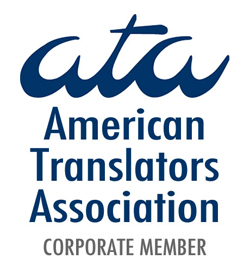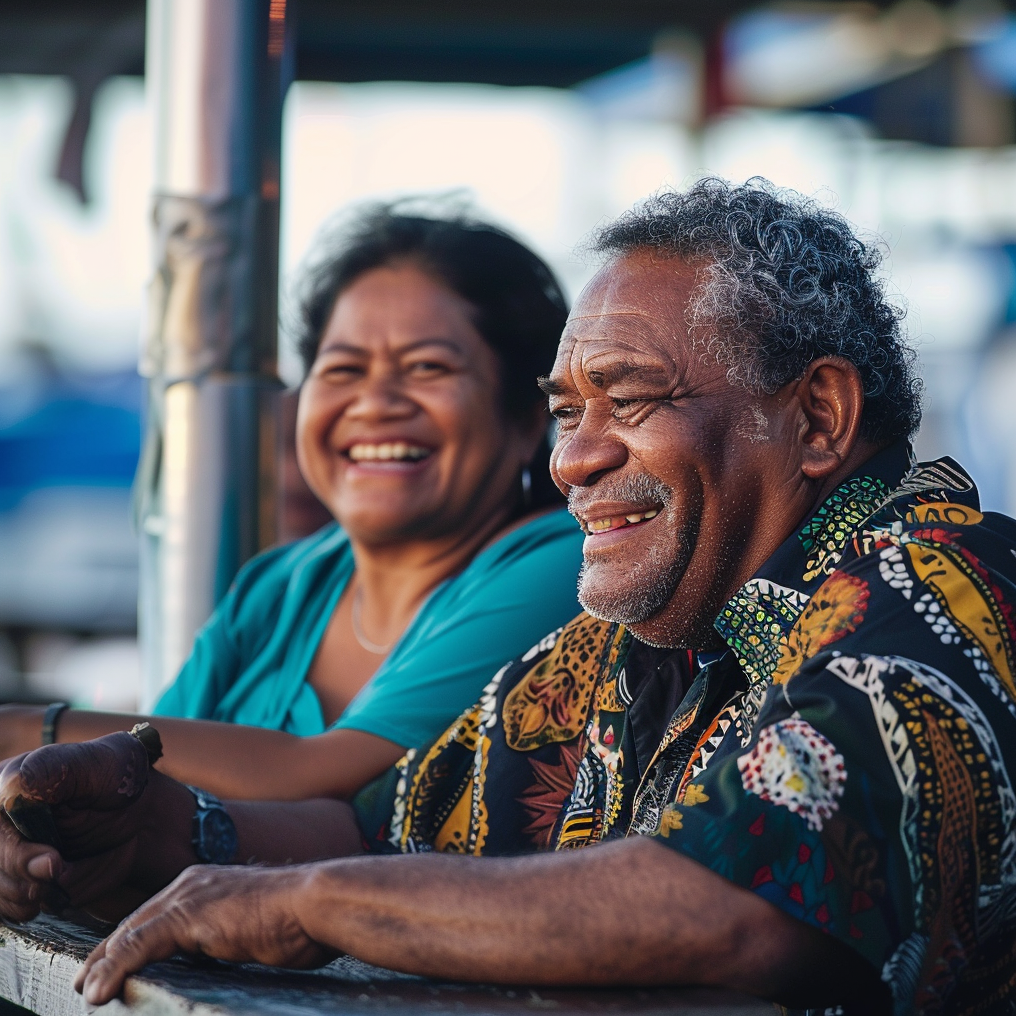
We also accept payments via Paypal
Huri Translations
Tel. +689 89 205 483
info@huri-translations.pf
PO BOX 365 Maharepa
98728 Mo'orea
French Polynesia
N°TAHITI 876649
Subscribe to our newsletter


Vanuatu, an independent country that emerged from a dual colonial history under the British and French rule, the so-called New Hebrides Condominium, boasts an even more extraordinary linguistic diversity. With an estimated 138 languages spoken by a population of around 300,000, Vanuatu has the highest language to population ratio in the world. Major languages include Nakanamanga, Nafsan, Erakor, Paama, Namakura, Emae, Mele-Fila and Futuna-Aniwa. This wealth of languages is testamony of the complex organization and peopling of Vanuatu, whose people have maintained their linguistic heritage in the face of historical upheavals such as blackbirding, indentured labor, and missionary influences.
The languages of Vanuatu have been shaped by traditional practices of trade, bride exchange, and purposeful differentiation for in-group communication. Each language is intimately tied to the land, the ancestral stories, and the social fabric of its community. The vitality of these languages has been sustained by the strong attachment to what is known as Kastom in the Bislama language, the national creole of Vanuatu. Kastom is an umbrella term for the body of traditional knowledge, practices, and values that guide everyday life.
However, the forces of globalization, urbanization, economic transformation and politics are posing new challenges to the linguistic diversity of both Kanaky and Vanuatu. As younger generations migrate to urban centers in search of education and employment opportunities, they are increasingly exposed to dominant languages such as French, English, and Bislama. This shift in language use can lead to a decline in intergenerational transmission of indigenous languages and can put their future dynamics at risk.
Of course efforts to address these challenges are underway in both countries, with a growing recognition of the importance of vernacular education, language documentation, regional and community-driven revitalization projects. In Vanuatu, the government's recent policies on language and education aim to create a more inclusive and linguistically diverse learning environment. In Kanaky, the inclusion of Kanak languages in the school curriculum is a promising step towards their long-term sustainability. Large-scale language support in the spirit of Australiaʻs CALD programs however remains to be seen in Kanaky and Vanuatu.
From a Pacific perspective, the linguistic landscapes of Kanaky and Vanuatu are a living expression of the conjugation between language, land, and identity that lies at the heart of Pacific worldviews. The preservation and promotion of indigenous languages are essential for the well-being and self-determination of Pacific communities, as we navigate the challenges of a rapidly changing and uncertain world at the crossroad of major Indo-Pacific strategies.
As the Pacific region continues to assert its voice on the global stage, the stories of linguistic resilience and revitalization in Kanaky and Vanuatu offer valuable lessons and inspirations from which to heed on. They remind us that the wealth of the Pacific lies both in its vast ocean and natural resources and in the diversity and creativity of its peoples and their languages. By nurturing and celebrating this linguistic heritage, we can build a future where the voices of the Pacific are heard, understood, and valued in all their richness and complexity.

Island Melanesia is a mosaic of cultures and languages from the so-called Lapita culture. Among its few countries, Kanaky and Vanuatu stand out for their remarkable linguistic heritage, which has been shaped by the complex interplay of indigenous traditions, colonial influences, and contemporary challenges.
"navigate the challenges of a rapidly changing world at the crossroad of major Indo-Pacific strategies"
Kanaky, an archipelago under partial French governance off the northeastern coast of Australia, is home to 28 indigenous Kanak languages, each one a testimony of the Kanak people's enrootment to their land, history, and identity. On the Caillou, the most prominent languages include Drehu, Nengone, Paicî and Xârâcùù. These languages coexist with French, the official and largely predominant language, and other tongues like Tahitian, Wallisian and Javanese brought by generations of settlers and immigrants. The Kanak languages have been at the heart of the struggle for self-determination and cultural recognition, with recent efforts to include them in the education system marking a significant step towards their preservation and valorization. It was not until 2007 that the local legislative Assembly of New Caledonia created the Kanak Language Academy in a bid to normalize, promote and develop Kanak languages.
Kanak and Ni-Vanuatu: The Linguistic Identities of Island Melanesia
